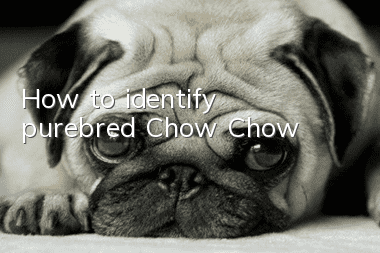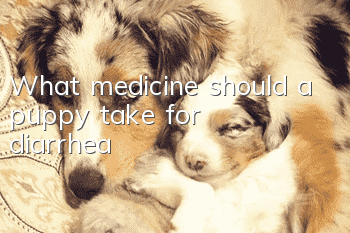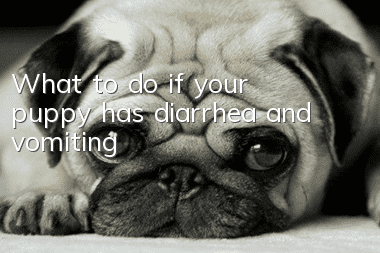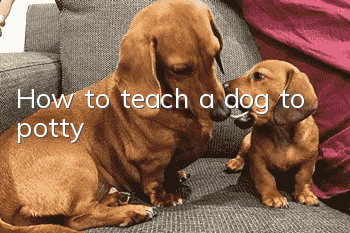How to identify purebred Chow Chow

Size: The average height (height at the withers) of the adult breed is 17 to 20 inches, but the most important thing is overall proportion.
Proportions: The body is square when viewed from the side and has a compact structure. The distance from forehead to croup is equal to the height of the highest point of the withers. If the profile is not square it is to be considered a serious fault. The distance from the tip of the elbow to the ground is equal to half the height at the withers. The bottom line of the chest is level with the tip of the elbow. The body is wide and the same width when viewed from the front and back. For a true Chow Chow, these proportions are crucial. No deviation from these proportions is allowed when judging puppies.
Body
Medium-sized dog, muscular, strong, and thick-boned. Also unpopular are breeds with long muzzles, small bones, and those that are too bulky and lumpy. When comparing different genders, standards should be established in favor of female dogs. Their heads and bodies may not be as large as male dogs. Compared to the masculinity of male dogs, female dogs have a feminine feel.
Head
A proud look, slightly larger than the body size, but not so large as to make the head heavy or lead to a humble demeanor. Expression - basically chubby, noble, dignified, insightful, serious and pretentious, very independent. Wall forehead is caused by obvious eyebrows and obvious eyebrows. It is caused by the skin wrinkles above the inner corners of the eyes, above the eyes and at the corners of the eyes. Too much skin forms wall eyebrows, and appears between the eyes. It begins at the base of the muzzle and extends earthward to the forehead to form a distinct furrow. Also due to common factors such as the shape and position of the eyes, as well as the shape, posture and position of the ears, the eyebrows and obvious grooves are formed. Excessive skin laxity is less than ideal, and wrinkles on the kiss do not affect the expression and are unwanted. The eyes are dark brown, deeply set, widely spaced, somewhat slanted, of medium size, almond-shaped, and their correct position and shape show the characteristic attitude of the Oriental dog. The edges of the eyes are black, the eyeliner is neither sunken nor droopy, and the piercings of the eyes are clearly visible.
Major shortcomings - the eye is entroped or everted, or the eye is completely or even partially obscured by loose skin. Ears are small, of medium thickness, triangular, slightly rounded at the tips, erect but slightly forward. The inner corners of the ears are set widely apart on the top of the skull, and an ear that beats with body movement is highly undesirable. The unqualified condition is one or both ears drooping. One ear drooping means that any part from the base of the ear to the tip of the ear droops or the ears cannot stand upright but are parallel to the top of the skull. Skull - The top is broad and flat from left to right and from front to back. The coat and loose skin do not conceal the true marrow structure. Viewed from the side, the top line of the muzzle is nearly parallel to the top line of the skull, connected by a moderate internasal concave angle. The raised eyebrows make the corners between the forehead and nose appear deeper. The muzzle should be shorter than the top of the skull, but not less than 1/3 of the head length. The muzzle should be broad, clear-cut, and positioned well above the eyes.below, its width and depth are equal, and both are equal in size from base to top. This square conformation is achieved by proper marrow structure coupled with muzzle support and full lips, which completely cover the lower lip when the mouth is closed, but should not droop. The nose is large, broad, and black. The nostrils are properly open.
Disqualifications - The nose is spotted or not black, except for blue shed dogs where the nose is pure blue or dark blue-gray. Mouth and tongue - the edges of the lips are black, the tissues of the mouth are almost entirely black, the teeth are preferably black, and the ideal mouth is pure black. The upper part and edge of the tongue are pure blue-black, the darker the better.
Unsatisfactory conditions - the upper part and edges of the tongue are red and pink or have one or more red or pink spots. The teeth are strong and the bite is even.
Neck
Neck is strong, thick, muscular and slightly arched. When standing, the neck should be long enough, with the head held high and confident, above the topline. Topline straight and strong, level from withers to base of tail. Body short, compact, solid, strong, muscular, broad, deep, somewhat sunken in flanks. The body, back and croup must be short to accommodate the square body. The chest should be broad, deep and muscular, not narrow or flat at the sides. The ribs are tightly gathered and well curved, but not barrel-shaped. The front ribs are narrow so that the shoulders and upper arms can smoothly contact the chest wall. The base of the chest is broad and deep, extending to the elbows. The front end of the sternum is slightly in front of the shoulder end. Serious Faults--Difficult or abdominal breathing (excluding normal wheezing), chest flattened on sides or sides. The loin is muscular, strong, short, broad and deep. The hips are short and broad, flattened by strong hip and thigh muscles. The tail is set high, close to the back and begins at the spine line.
Forequarters
The shoulders of the forequarters are strong and muscular, with the apex of the shoulder lunate being moderately closed. The spine forms an angle of about 55 degrees with the shoulder and liver bones, and an angle of about 11 degrees with the upper arm bones. The upper arm bone cannot be longer than the shoulder blade. The elbow joint is tilted backward to the side of the chest wall, with the elbow neither abducting nor adducting. The forelegs are fairly straight from elbow to toe and have strong bones, but must be in proportion to the rest of the dog's body. Viewed from the front, the front legs are parallel and widely spaced, matching the broad chest. The stoneware should be short and straight, and the wrist joint should not be excessively flexed. The dewclaws can be removed. The feet are round, compact, cat-like, with thick pads.
Hindquarters
The hindquarters are equally broad, strong and muscular. The hind legs have the same thick marrow as the front legs. Viewed from behind, the hind legs are straight, parallel, and widely spaced, commensurate with the broad pelvis. The knee joint has a certain angle, is tightly connected, is very stable, and points forward. The marrow of the joint is flat and sharp. The joints should be moderately low and almost straight. The attached joints should be strong, tightly connected and strong, and should not bend or protrude to the front or sides. The accessory joints and male bones are located below the medullary joints andon the same straight line. Serious Disadvantage - Weak knee joints or joints. The yang bone is short and perpendicular to the ground, the upper claws can be removed, and the feet are like front feet.
Coat
Chow Chows have two types of coats: coarse and soft, both of which are double coats. Coarse - The coat of a rough-coated dog has a large number of outer hairs, is thick, straight and erect, and is quite rough in texture. The undercoat is soft, thick or woolly. Puppies have soft, thick, woolly hair all over their bodies. The coat surrounds the head and neck to form a large amount of collar hair, framing the head. The collar hair is longer in male dogs than in female dogs. The tail is also covered with a lot of hair, and the length of the coat varies significantly among different Chow Chows. Thickness, texture and condition are more important than length. Obvious trimming and shaping are not advisable, and the hair on the tentacles, limbs, mouth and penis can be selectively trimmed. Smoothness - It is not appropriate to use the standards of rough-coated Chows to judge smooth-coated Chows, but it is acceptable to evaluate the quality and distribution of the external coat. Smooth-coated Chows have hard, dense hair. The coat is smooth, with limited soft hair, and there should be no obvious rings or tufts of hair on the legs or tail.
Color
Vibrant color, solid color or with some slight color variations in the ruff, tail and tufts. Chow Chow has five colors: red (light golden yellow to dark reddish brown), black, blue, cinnamon (light brown to dark reddish brown), light yellow on the hands and mouth. These colors are equal and have equal status.
Gait
The gait must be correct, straight, brisk, concise, quick and powerful, and must not be cumbersome or slow. The gait of the hind legs is short and exaggerated to accommodate the straighter hind legs. Viewed from the side, its unique Gaoyuan-style movement is most easily seen. When walking straight, the hind legs move upward and forward from the marrow joint, forming a pendulum-like straight line. The arms have a little bounce, the legs don't stretch forward and back much, and the back foot has a strong driving force. Since the rear leg has very little flexion, it can drive the body forward powerfully and run almost in a straight line, while the front foot also cooperates very well. The spine must be short and there should be no rolling in the middle part. Viewed from the back, the distance from the medullary tubercle to the foot pads remains straight when the dog walks. As the speed increases, the hind legs tend to move inward, and the knee joints must point to the walking line and cannot deviate outward to prevent O-shaped legs or walking. . Viewed from the front, the marrow line from the shoulder joint to the pads of the feet remains straight when the dog walks. As the speed increases, the front legs are not parallel to each other, but instead tilt slightly inward. However, the front foot cannot rotate in a semicircle, nor can it walk in a pretentious manner or show the movement of a riding gait. The cooperation of the front and rear legs must comply with the dynamic balance. The Chow Chow lacks speed to some extent. Its sound and straight hind legs provide good endurance for its movements.
- Introduction to types of dog chew glue
- What to do if your dog is panting and short of breath
- How to clean a kennel
- Introduction to the Characteristics of Purebred Tibetan Mastiff
- How to put on a dog leash
- What are the symptoms of puppy fever?
- What to do if a puppy vomits after eating bones
- Detailed explanation of dog bathing steps
- The difference between Basset and Beagle
- Signs of a dog in heat: a male dog fights and a female dog flushes



